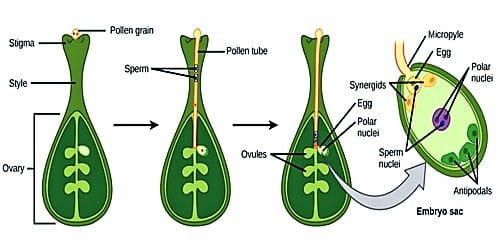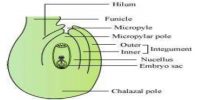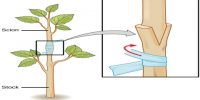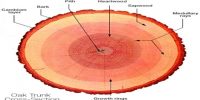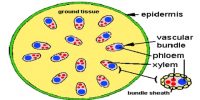Double Fertilization is the fertilization procedure feature of flowering plants. The kind of fertilization observed in most of the angiospermic plants where one male gamete (n) fertilizes female gamete (n) and the other male gamete fertilizes the definitive nucleus (2n) at a time is called double fertilization.
Double fertilization involves two sperm cells; one fertilizes the egg cell to form the zygote, while the other fuses with the two polar nuclei that form the endosperm. After fertilization, the fertilized ovule forms the seed while the tissues of the ovary become the fruit. The fertilized ovule forms the seed, whereas the tissues of the ovary become the fruit, usually enveloping the seed.
The Process of Double Fertilization
In this process, the ovum turns so a zygote (2n) and the definitive nucleus to an endosperm (3n).
An ovary contains at least one ovule. Inside an ovule, cells separate to produce an egg and two other cells called polar nuclei. The germination of the pollen tube requires water, oxygen, and definite chemical signals. These three cells are haploid, which means they have one set of chromosomes, and is designated by n. In diploid (2n) cells, one set of chromosomes comes from the male parent and the other set comes from the female parent.
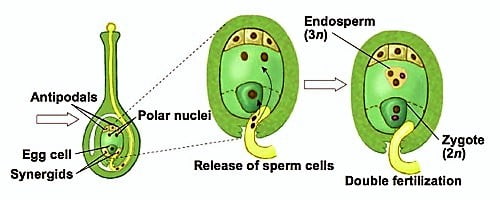
Advantages:
The main advantage present in the double fertilization of angiosperms is energy conservation. It is a characteristic exceptional to angiosperms, which is debatably one of the major contributing reasons as to why they represent the most abundant plant group on Earth today.
- The first advantage of double fertilization in plants is that the plant does not invest energy in seed nutritive tissue until after an egg is fertilized.
- The second advantage is that the endosperm nucleus is very active and divides rapidly. it forms the nutritive tissue very quickly.
Explanation –
- It produces a food supply for the seed –
In double fertilization, an embryo is produced within the seed that will ultimately construct development. Some plants can even use this procedure as an additional food resource should growing conditions be less than complimentary when the new plant first emerges.
- It provides extra protection for the species –
Double fertilization approximately guarantees the prolongation of a flowering species. Because there are two male gametes, the chances of having them interact with a female gametophyte are much more likely. The endosperm produced by the fusion of the two polar nuclei and sperm only begins to extend and store nutrients after it has been fertilized by a sperm cell. This method the plant does not have to allocate energy-intensive resources towards an egg that ultimately is not fertilized, which would make the plant less fit.
- It conserves energy –
Once the embryo begins to shape, the flowering plant is able to preserve energy because of the procedure of double fertilization. The supply essential is found in the seed itself, so the plant can focus on in existence for as long as probable.
- It allows for rapid seed development –
Because there are two male gametes involved in the reproductive procedure, the development of the seed occurs with extra speed compared to other forms of reproduction. The endosperm nucleus divides swiftly to structure nutrient-rich tissue, which allows the embryo to grow quickly as well.
